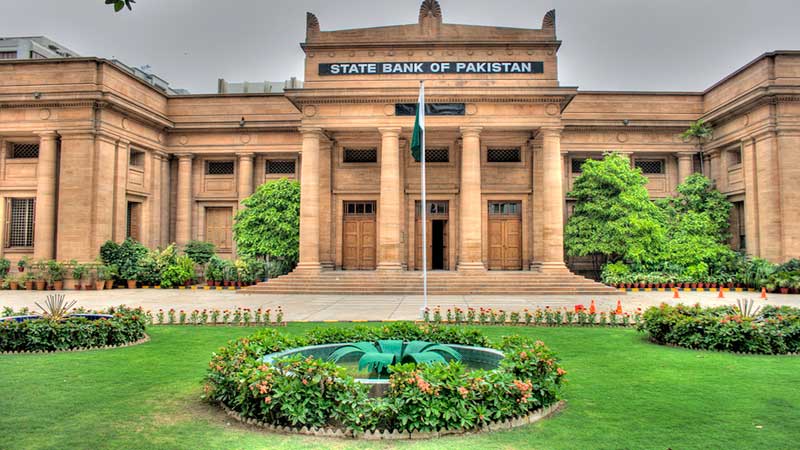
KARACHI: Greenback hit all-time high in value versus rupee on Tuesday as it traded at Rs 138 during early hours of trading session with an increase of Rs 11.60 in interbank, treasurers and currency dealers said.
Dollar traded at Rs 132.50 versus domestic unit in the open market with an increase of Rs 5.70 during the first half of trading, currency dealers said. However, interbank rate halted at Rs 133.25 at the end of the trading session.
It had closed at Rs124.27 to the dollar a day earlier. For the past couple of days, open market rate of dollar had been Rs 4-5 higher than the interbank rate.
Currency dealers feared that alarming increase in value would fan panic in the market for dollars, causing a buying frenzy for the greenback. The currency experts are of the view that sudden increase in price of dollar could be a result of rupee devaluation – the fifth time since December 2017 – by the State Bank of Pakistan (SBP)in order to secure a bailout package from the International Monetary Fund (IMF).
Later in the day, the SBP explained that the move was reflective of current account dynamics and a demand-supply gap in the foreign exchange market. “Although the current account deficit narrowed in August 2018, a consistent increase in the oil import bill on account of rising international oil prices has exerted pressure in the foreign exchange market,” the central bank said in a statement. “The SBP is of the view that this adjustment in the exchange rate along with lagged impact of recent hikes in the policy rate and other policy measures to contain imports will correct the imbalances in the external account,” it continued. “The SBP will continue to closely monitor the situation and stand ready to intervene in case of any unwarranted volatility in the foreign exchange market,” it concluded.
Saad Hashmi, research director for Topline Securities, was of the view a slight devaluation at this point and then eventually a Rs 135 plus Rs 3 level in next nine to 12 months could be a better option.
Bankers and experts say the rupee value in currency market is already reflective of its true position, suggesting that there is no need for the government to further devalue domestic unit.
An immediate devaluation resulted in disequilibrium in the currency market as commercial banks offered high price of dollars while the open market trading remained below the official rates.
Malik Bostan of Forex Association said further devaluation of the domestic currency would deprive people of their purchasing power.
Finance Minister Asad Umar has said that Pakistan has to make external debt payments amounting to $8 billion by December 2018.
There is no immediate threat of insolvency to Pakistan as country would get more than $7 billion loan from the Islamic Development Bank (IDB) by the year-end, experts related to exports said.
On the import front, petroleum products being a major commodity contribute 34 percent of the total imports.
Currently, Pakistan’s 60 percent import is from China, excluding oil and Pakistan can resist this freefall of rupee by starting trade in local currencies with the trade partners, including China.
Not all believe that reaching out to the IMF for help is alarming. Suleman Maniya, head of research at Shajar Capital, says it is a positive rather than a negative thing as it will assure stakeholders that the government will meet the targets that it sets for itself.
The shortage of foreign reserves, though, is cause for concern. The state bank’s foreign reserves were down to $9 billion in the week ending Sept 19, enough to cover just two months’ worth of imports, down some $300 million from the previous week, according to SBP data.
Market analyst Muzammil Aslam said that once Pakistan would receive funds from the IMF, the economy would stabilise. “I don’t think it will go up to Rs150, the government won’t allow the economy to spin out of control,” he added.
Published in Daily Times, October 10th 2018.